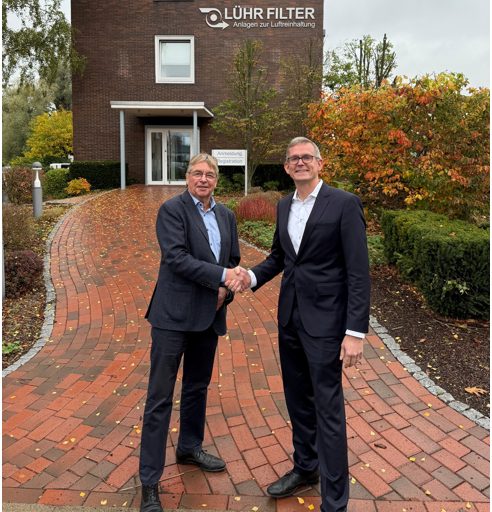Doosan Lentjes is supporting Waste-to-Energy in Poland.
Poland needs more WtE. To ensure the country will meet the municipal landfill target of 10% by 2035 of the European Green Deal, waste-to-energy is the go-to technology.

The construction of a new waste-to-energy plant in Olsztyn is essential for the disposal need in Poland
Polish accession to the European Union significantly influenced the development of the industry which resulted in increased production of waste while the management system was not prepared to handle it in the proper way so there was a big amount of waste.
The waste volume in Poland reached approximately 12.1 million tonnes in 2010, and almost 13.1 million tonnes in 2020. It is expected that the total waste generated will stabilise at around 15 million tonnes. The stabilisation of Poland’s total waste is achievable if the country finds the right ways to deal with the waste generation since – just like any other EU member – it has to meet the municipal waste landfill quota of 10% from 2035 on-wards.
In 2007 Poland started the plan for the establishment of more thermal waste management infrastructures. From 2022 eight grate-based facilities have gone into operation with a total capacity of about 1.3 million tonnes per year. Another four waste-to-energy plants with a capacity of over 600,000 tonnes per year are currently under construction. One of them is located in Olsztyn, in the north-east of Poland.
In 2020, the consortium of Doosan Lentjes and its Korean parent company Doosan Enerbility was awarded the contract by Dobra Energia as general contractor for the turnkey project, including civil works.
Doosan Lentjes, as a one-stop supplier for waste-to-energy, offers interface-optimised solutions for the chute-to-stack process with its proprietary technologies for grate, steam generator and flue gas cleaning. So, for the duration of the concession, Urbaser will act as operator and Doosan Lentjes is responsible for the design, supply, installation and commissioning of the entire electromechanical part of the plant.
To ensure the country will meet the municipal landfill target of 10% by 2035 of the European Green Deal, waste-to-energy is the go-to technology. However, for the time being, the current number of facilities is not enough. In 2014, it was expected, that there will be up to 12 plants realised by 2020. This expectation has not been fulfilled. Out of discussion, Poland needs more Waste-to-Energy.
Other members news

P-Wave, welcome to ESWET!
12.12.2025P-WAVE has joined ESWET has our association’s newest member. P-WAVE is an engineering company specialising in innovative boiler-cleaning technologies. Founded…

MARTIN GmbH expands through LUEHR FILTER GmbH acquisition
28.10.2025ESWET member MARTIN GmbH has acquired LUEHR FILTER GmbH, another ESWET member. A third-generation, family-run company, LUEHR FILTER provides gas…

ESWET members to modernise French Waste-to-Energy plant
20.10.2025ESWET members MARTIN GmbH and PAPREC are joining forces in the construction of two new lines at the Prairie des…